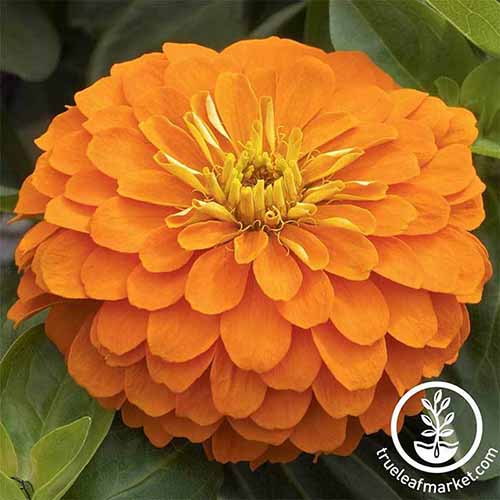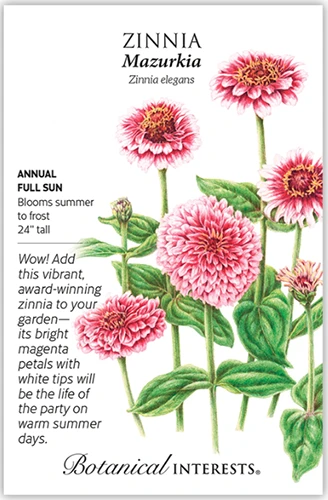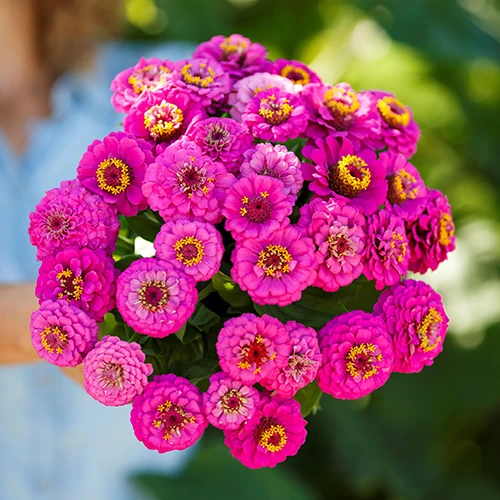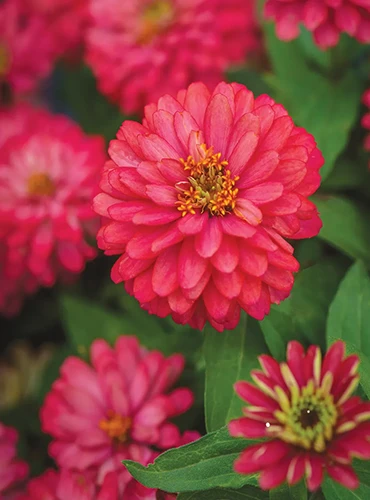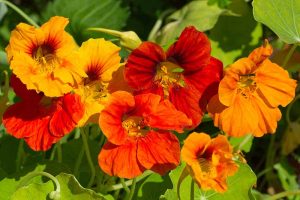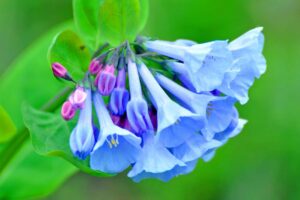With their fun, frilly flowers in bold tropical colors, long-lasting zinnias are the ideal annual for cultivation in pots and containers!
These easy-care plants are a bright, cheerful addition to pots, patio planters, and window boxes and have a long flowering season from late spring right until frost.
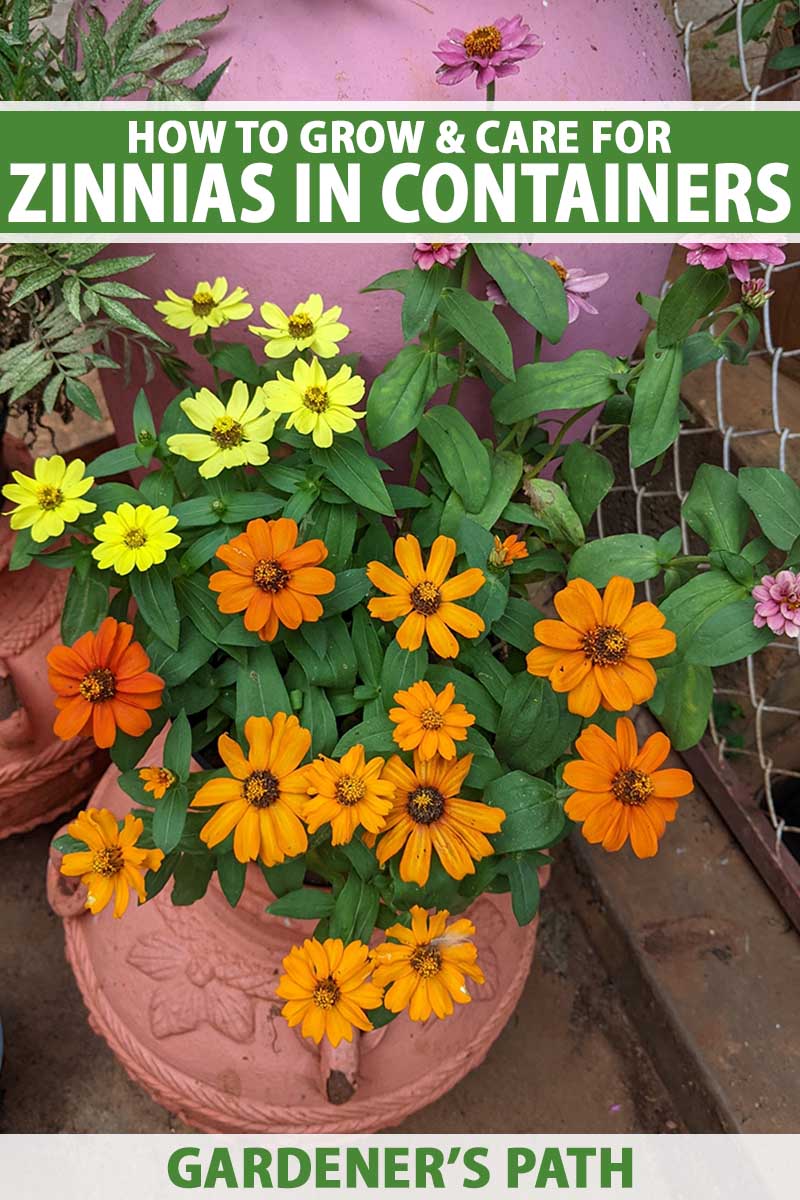
We link to vendors to help you find relevant products. If you buy from one of our links, we may earn a commission.
The beautiful flowers come in saturated shades of chartreuse, orange, pink, purple, red, white, and yellow with single, semi-double, and fully double flowers plus dahlia, globe, and cactus flower forms.
Highly appealing to pollinators such as bees, the nectar-rich plants are also loved by butterflies and hummingbirds but avoided by herbivores such as deer and rabbits.
Heat lovers, they produce a continuous display of flowers even in the hot days of high summer.
And they range in size from small dwarf varieties to tall ones of 36 to 40 inches – although the shorter types are the better option for pots and planters.
Are you ready for some zesty potted zinnias this summer? Then let’s jump in for all the details on zinnia container care!
Here’s what you’ll find up ahead:
What You’ll Learn
Planters and Planting
Containers provide a fun and exciting way to garden in small spaces, create interesting tableaus, or to soften hardscape areas like decks, patios, concrete slabs, or gravel walkways.
These easy-care annuals thrive in pots and planters of any shape, size, or material, and their fantastic, long-lasting colors beautify any kind of container!
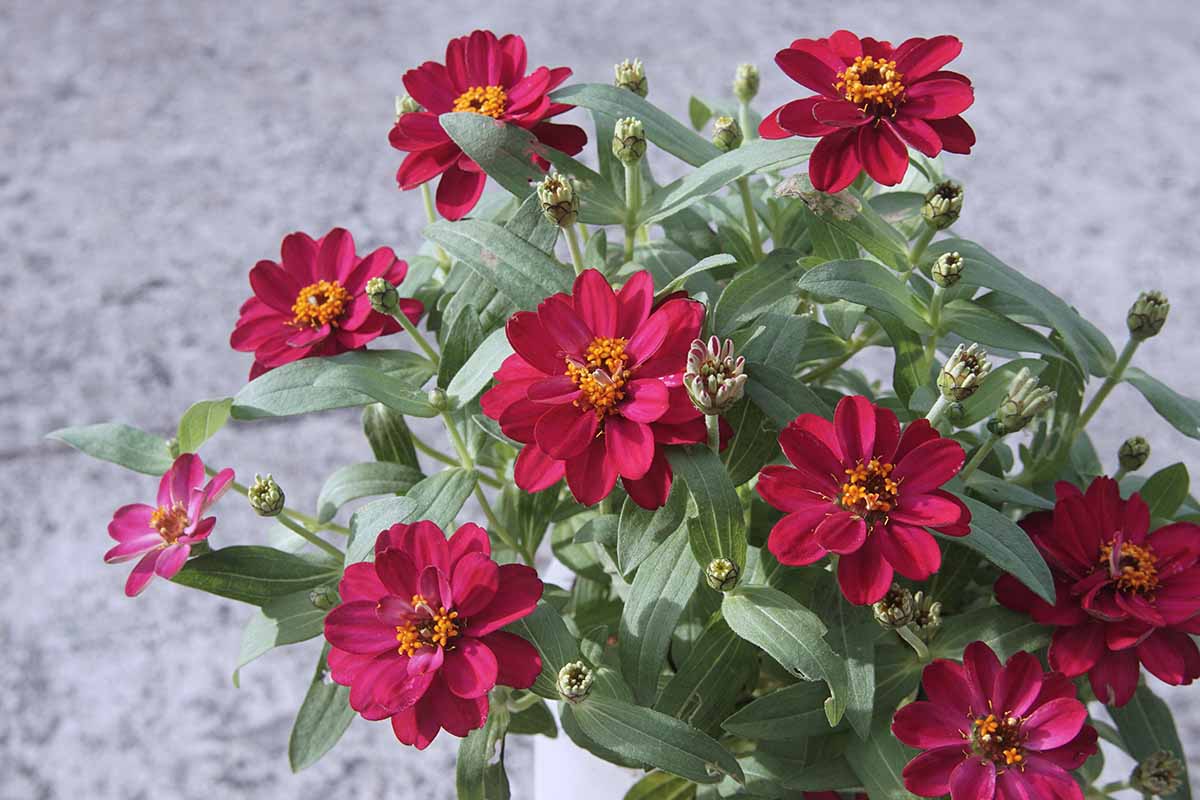
Wait until all danger of frost has passed to set out transplants – overnight temperatures need to stay above 50°F.
Direct sow seeds into containers when daytime temperatures stay above 60°F.
Resist the temptation to start seeds early and wait for warm weather – growth remains slow and sulky in cooler temperatures, then accelerates when things heat up. These have a preferred temperature range in the mid-70s to the mid-80s.
For the best germination, try to maintain warm soil temperatures in the range of 70 to 80°F. If needed, use a cloche or tent pots at night with heavy plastic to keep the soil warm.
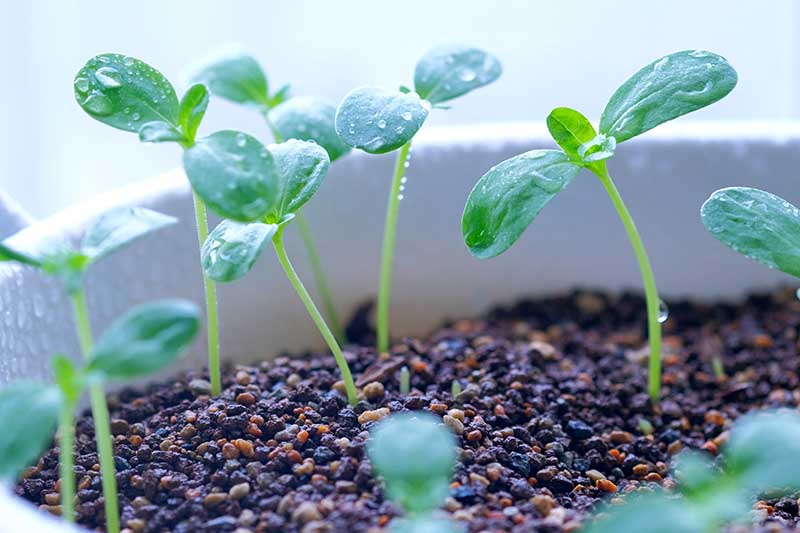
Choose pots and planters with drainage holes. I layer the bottom with two inches of chunky, loose materials such as broken pottery or pebbles.
Fill the containers with well-draining, fertile soil with an acidic to slightly alkaline pH of 5.5 to 7.5.
Although zinnias are adaptable to different soils, potted plants should be given optimal conditions for the most consistent and vigorous flower production.
For an outdoor potting mix they will thrive in, try the following recipe:
1. Start with two parts of commercial potting soil or garden soil.
2. Mix in one part absorbent materials such as coconut coir, peat moss, perlite, or vermiculite – containers dry out quickly and these materials help to preserve soil moisture.
3. Add one part organic matter like compost or well-aged manure – zinnias are moderate feeders and do best when started in productive soil.
4. To ensure your mix is well-draining and doesn’t compact, mix in one part grit, such as landscape sand, pea gravel, perlite, or stone chips.
5. Finally, when planting, mix one to two tablespoons of bone meal into the top six inches of soil for fast-growing, healthy roots.
Arrange your transplants with the crown just below the soil surface and spaced about one-third closer than you might if planting in the ground, depending on the cultivar and container size.
But don’t pack them too close together as they need good air circulation to stay healthy.
Backfill with soil and firm gently in place.
To sow seeds, lightly groom and level the soil then scatter seeds evenly and cover with a quarter-inch of soil.
Keep the soil lightly moist until seedlings show, in seven to 21 days.
When seedlings have at least two sets of true leaves and are three or four inches tall, thin to four to eight inches apart, depending on the cultivars and container size.
The Best Cultivars for Potted Growth
There are hundreds of gorgeous cultivars available in sizes ranging from six inches for dwarf cultivars up to 40 inches for standard varieties.

For containers, the smaller and intermediate varieties which grow up to 24 inches with a rounded or mounding habit are better suited for potted growth than tall ones, which can splay out and require staking.
Our guide has the lowdown on the different types of zinnias. But to get you started, here are some of my favorite selections for colorful pots:
Magellan Orange
With fantastic, fully double dahlia-like flowers, Z. elegans Magellan ‘Orange’ boasts spectacular five-inch blooms on plants with a consistent floral display from late spring until fall.
These upright plants grow 12 to 18 inches tall and wide and feature outstanding heat and drought tolerance.
A beautiful addition to patio pots or window boxes, the handsome blooms also make a long-lasting cut flower.
Seed packets for Magellan ‘Orange’ plus other cultivars in the Magallan series including ‘Cherry,’ ‘Ivory,’ ‘Salmon,’ ‘Scarlet,’ ‘Yellow,’ or a mix are available at True Leaf Market.
Mazurkia
A striking bicolored zinnia, Z. elegans ‘Mazurkia’ features unique semi- to fully double flowers with deep raspberry pink petals tipped in white.
The three-inch flowers bloom steadily from early summer to fall on dense, branching plants that grow up to 24 inches with a 12-inch spread.
This is an exciting choice for containers with flowers that don’t fade in summer’s heat.
Seed packets are available at Botanical Interests.
Pumila Violet
Z. elegans Pumila Violet bears radiant, one-and-a-half-inch semi- to fully double flowers in an incredible shade of neon pink that doesn’t fade in summer’s heat.
Flowering from early summer until frost, these sturdy plants have superb disease, drought, and heat tolerance.
Plants have a mature height and spread of up to 18 inches and can be used in any type of pot, planter, or window box.
Seeds in packets, ounces, and quarter-pound packages are available at Eden Brothers.
Pumila varieties are also available in White, Salmon, and a Cut and Come Again mix at Eden Brothers.
White Wedding
It’s always a good day for ‘White Wedding’ zinnias! With fully double, five-inch flowers of brilliant snow white, ‘White Wedding’ blooms nonstop from midsummer to fall.
These plants have good heat and drought tolerance and the flowers resist fading, staying pristine throughout the season.
A beautiful choice for cut flowers, patio pots, or window boxes, plants grow up to 16 inches tall and spread 10 inches.
Seeds are available at Burpee.
For more suggestions, be sure to read up on 15 of the best zinnia varieties.
Zahara Double Salmon
Z. marylandica Zahara ‘Double Salmon’ is a carefree, highly floriferous plant which produces a steady parade of gorgeous coral pink flowers from early summer until frost.
An ideal choice for containers and pots, the fully double, globe-like flowers measure up to two and a half inches on plants that grow 16 to 20 inches tall and wide.
Cultivars in the Zahara series are low maintenance and never require deadheading, plus they have excellent disease resistance with good heat and drought tolerance.
Seed packets are available at Burpee.
The single-flowered Zahara ‘Sunburst’ and Zahara ‘Double Yellow’ can also be found at Burpee.
Sun Exposure
Native to the arid, hot scrub and grasslands of Mexico and Central America, zinnias thrive in hot, sunny conditions.
Heat seekers that love to bake, place containers in a full sun location with warm temperatures.
Potted zinnias are a smart choice for heat trap areas where other plants struggle. They’re a natural near heat-absorbing materials like brick, concrete, pavement, stone, and tile.
Watering Needs
These plants love hot, dry conditions and have good drought tolerance in the garden, but containers should be watered regularly for the best floral displays.
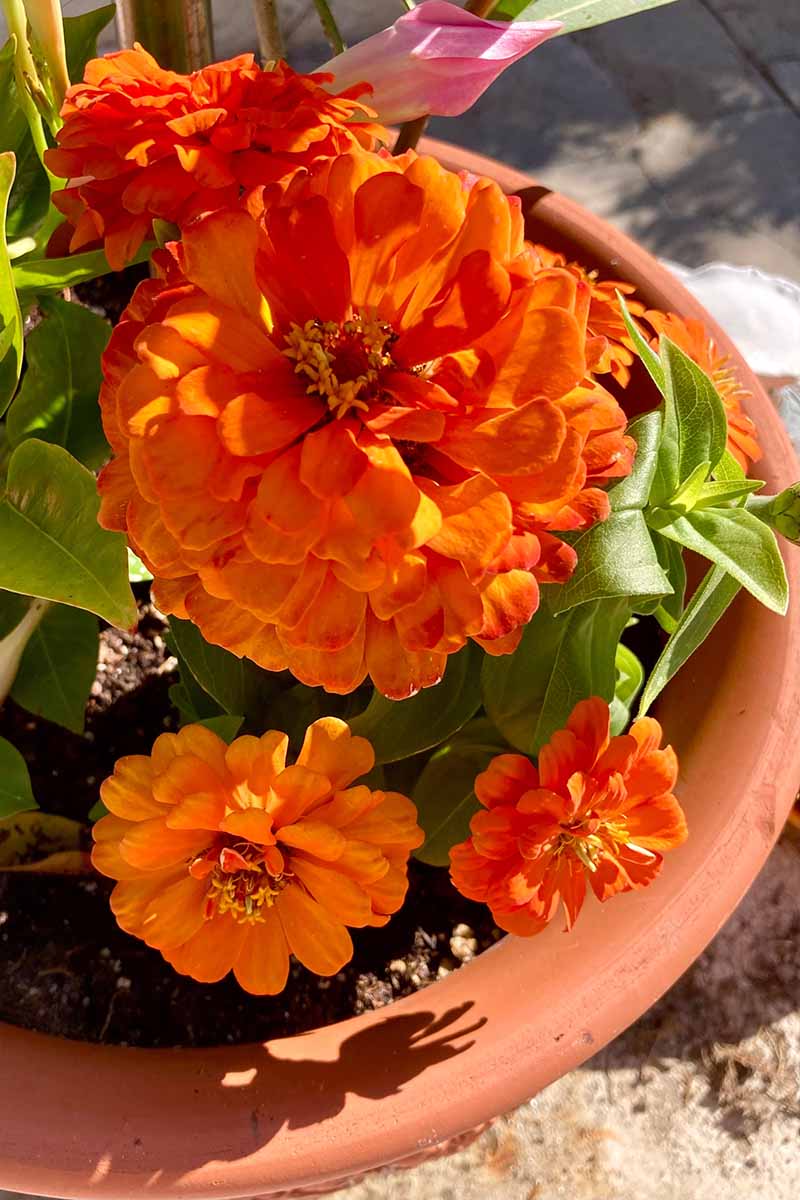
For direct sown seeds, keep the soil lightly moist until seedlings appear.
Water young plants deeply and regularly, providing one inch of water per week until established.
Annual plants like zinnias can take about six weeks to become established with strong, spreading roots and ample new growth.
Once established, reduce watering and allow the top one or two inches of soil to dry out between applications.
And because they can develop fungal problems like powdery mildew, wet foliage should be avoided when possible.
Water in the morning and allow the sun to dry the foliage. Avoid overhead watering to prevent wetting the leaves.
Feeding and Fertilizers
Moderate feeders, a scattering of slow-release pellets at planting time is sufficient for their needs.
Alternatively, you can apply a liquid or water-soluble fertilizer monthly during the growing season.
Plants in small containers can benefit from a biweekly feeding – but cut the fertilizer strength in half to avoid leggy growth or too much foliage.
Use an all-purpose, balanced formula with a ratio such as 10-10-10 NPK.
When and How to Deadhead
Some of the newer varieties of zinnia require no deadheading, but most of them still benefit from the practice.
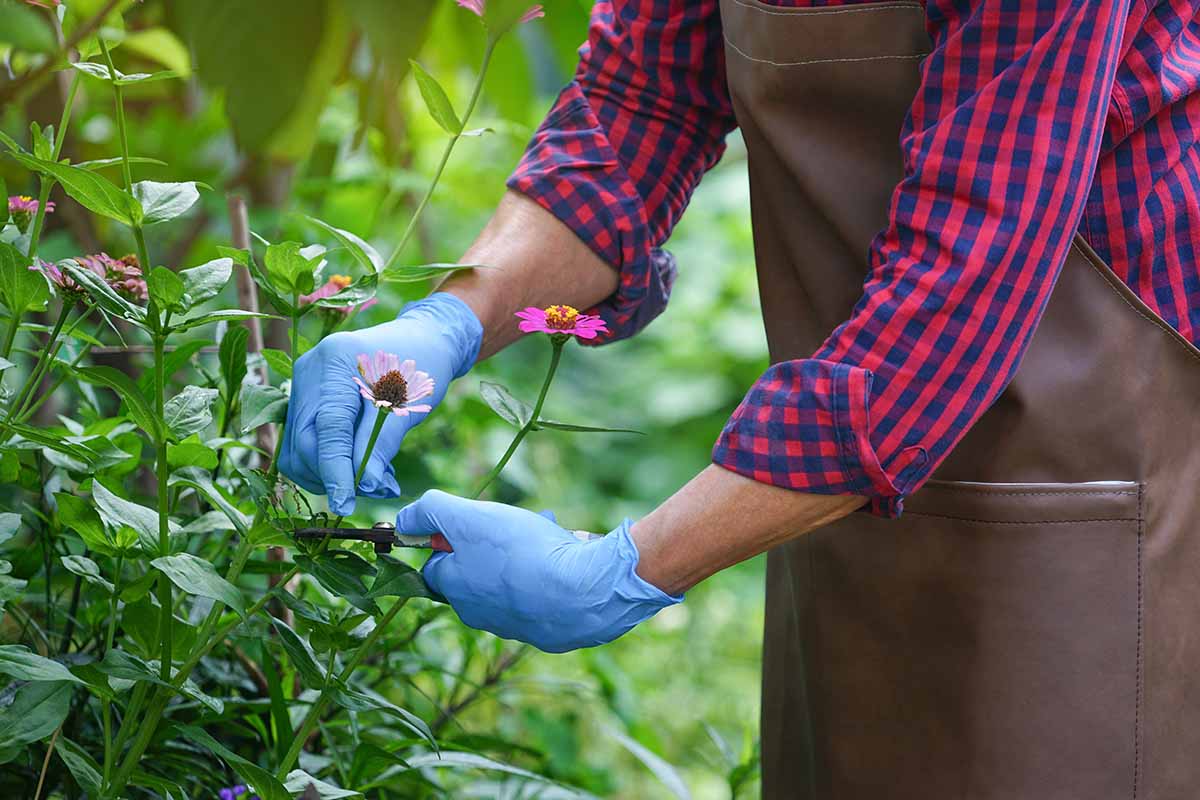
Deadheading helps to keep plants tidy and improves air circulation for good health. It also prevents self-seeding and redirects energy into branching and new growth.
If you cut your flowers regularly for floral arrangements, deadhead at the same time. Otherwise, trim faded flowers weekly.
Use clean, sharp shears to trim off flower stems just above a leaf axis to stimulate new growth for more flowers and fuller plants.
Prune for Plump Plants
Like deadheading, pruning promotes new growth and can restore leggy plants to a fuller, more pleasing appearance.
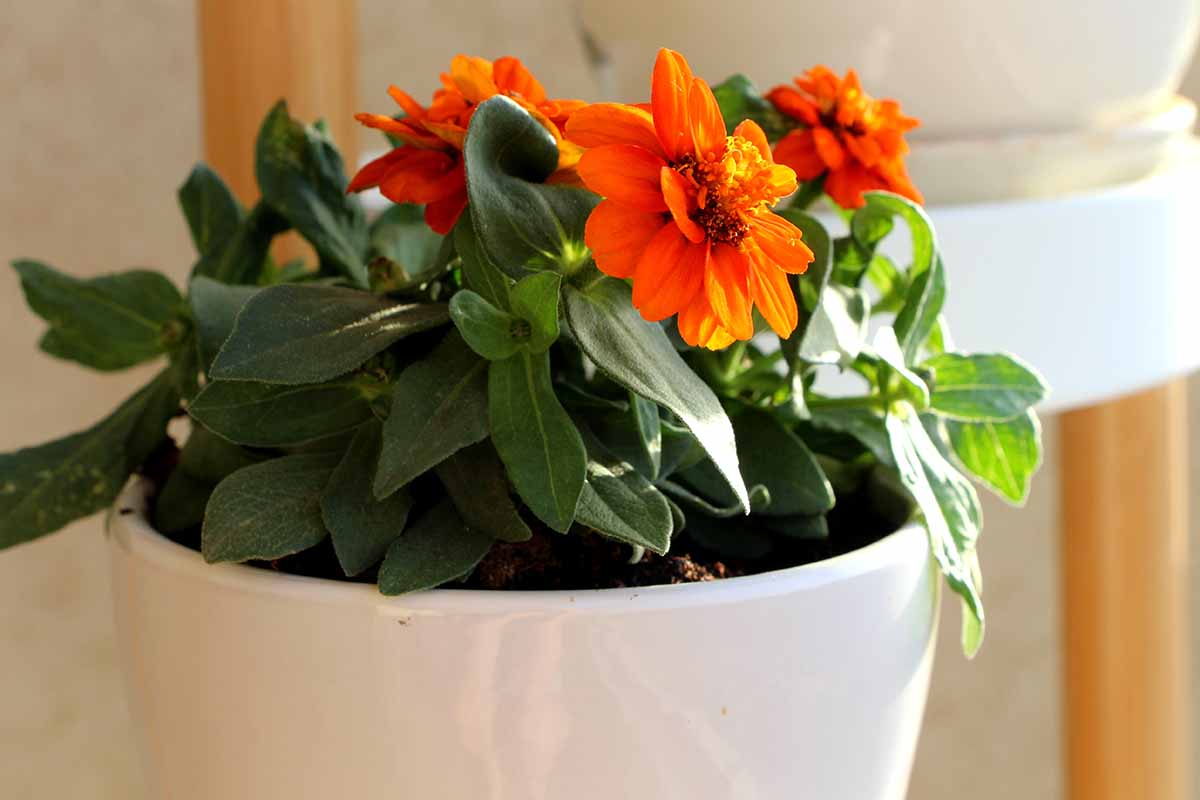
To create freely branching, plump plants, choose non-flowering stems in early summer that are eight to 12 inches tall and remove the top four inches.
Use clean, sharp shears to cut just above a leaf node to encourage branching.
For mature plants with leggy stems, choose the longest stems and cut back by as much as half, cutting above a leaf node for new stem production and more flowers.
If plants have become overcrowded, it’s wise to selectively thin out a few stems to improve air circulation. Choose stems that are crossing or lagging in growth and cut them low, close to the soil surface.
Pests and Problems
These colorful annuals are robust, easy-care plants but there are a few issues to watch for.
For the management of problems like aphids, caterpillars, Japanese beetles, leaf spot, or powdery mildew, our zinnia growing guide has all the solutions you need.
In the case of a mild insect infestation, many pests can be hand-picked and disposed of or sprayed off with a strong stream of water from the hose.
Zesty Zinnias
With fantastic, bright colors and delightful flowers, potted zinnias add zest to any setting!
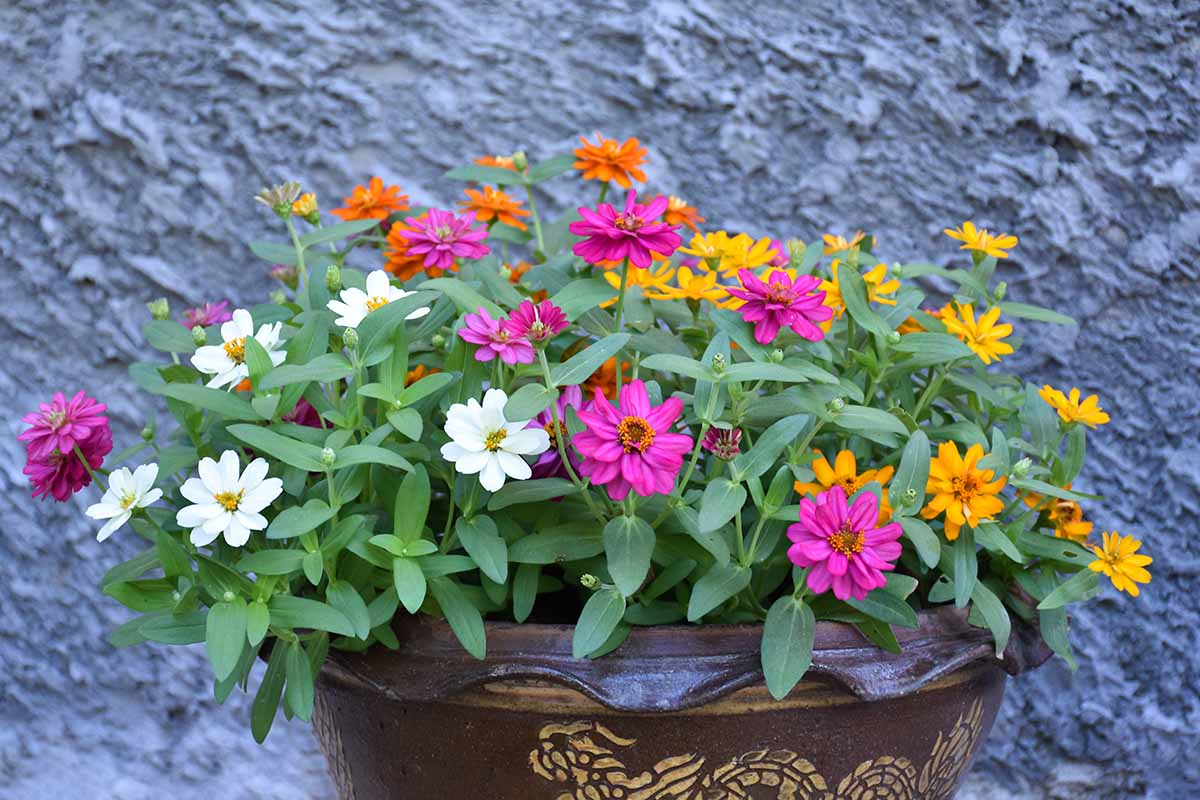
Give them moderately fertile and well-draining soil, place your pots in a full sun location, and deadhead as needed for a nonstop, ornate display all summer.
What are your favorite zinnias for growing in containers? Let us know in the comments section below.
And for more colorful annuals that flourish in pots and planters, check out these guides next:
